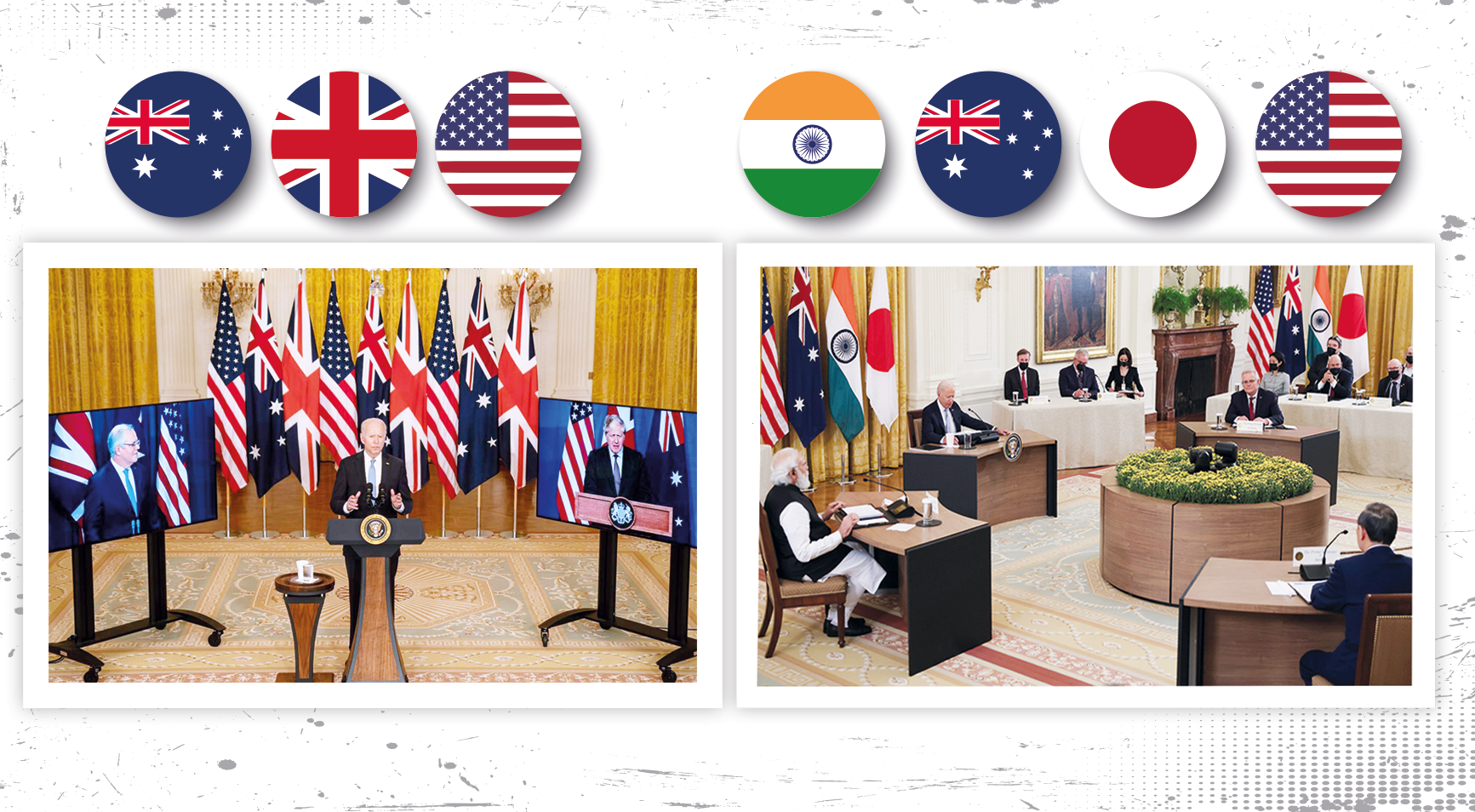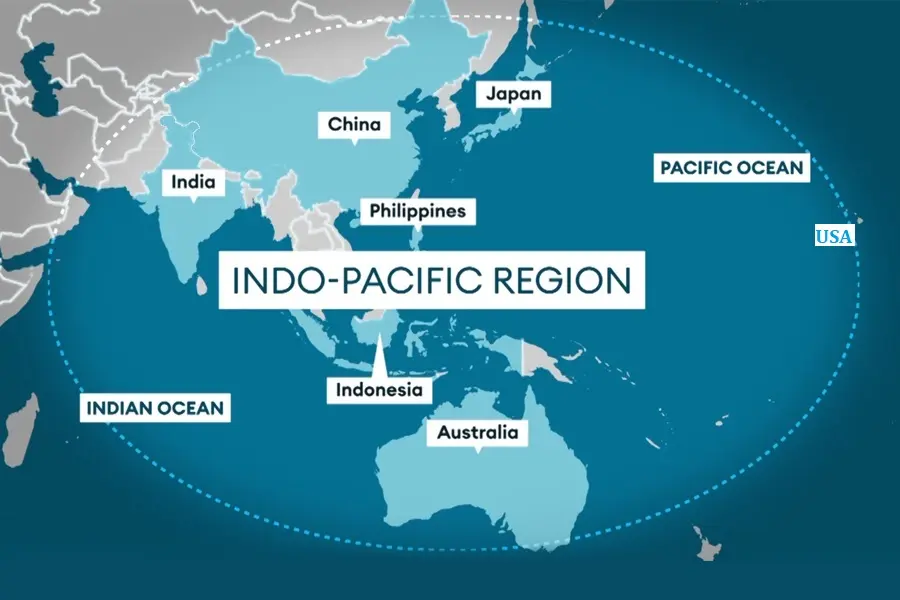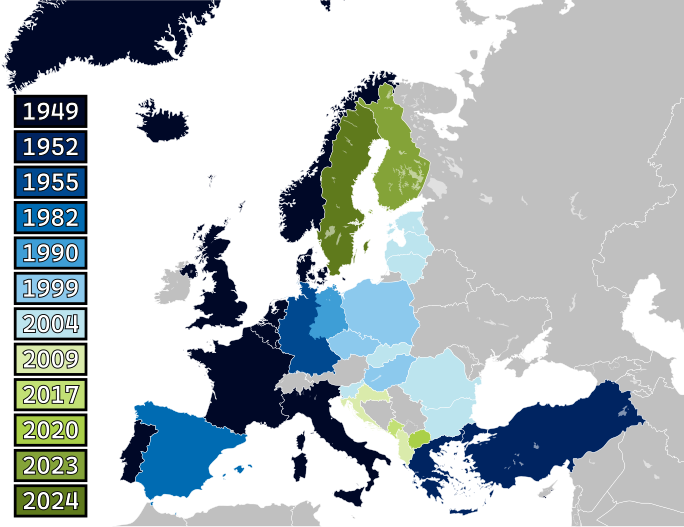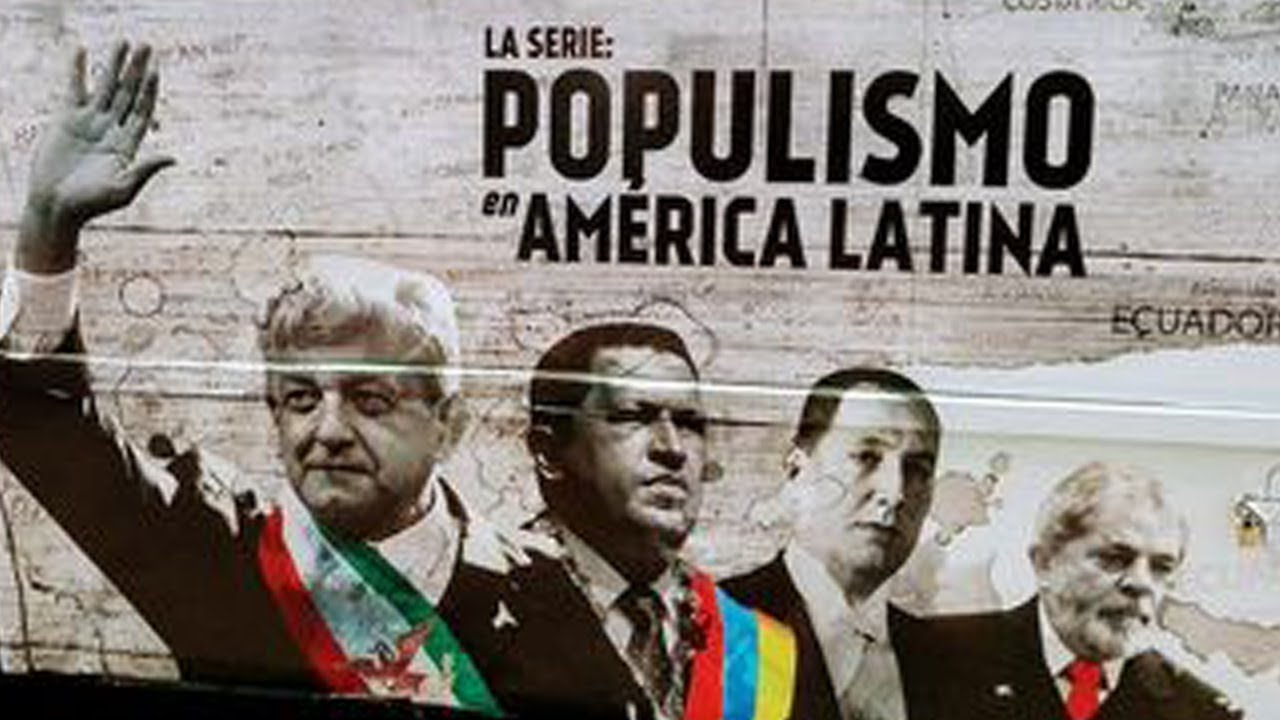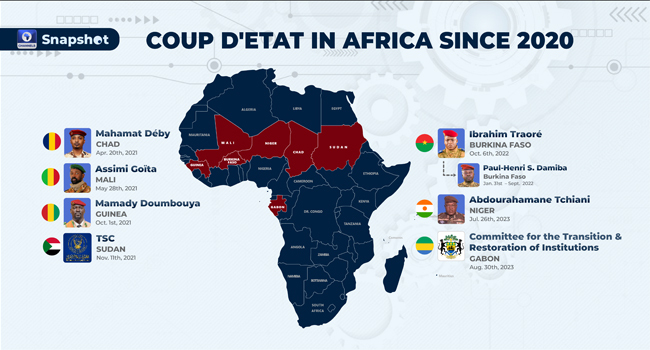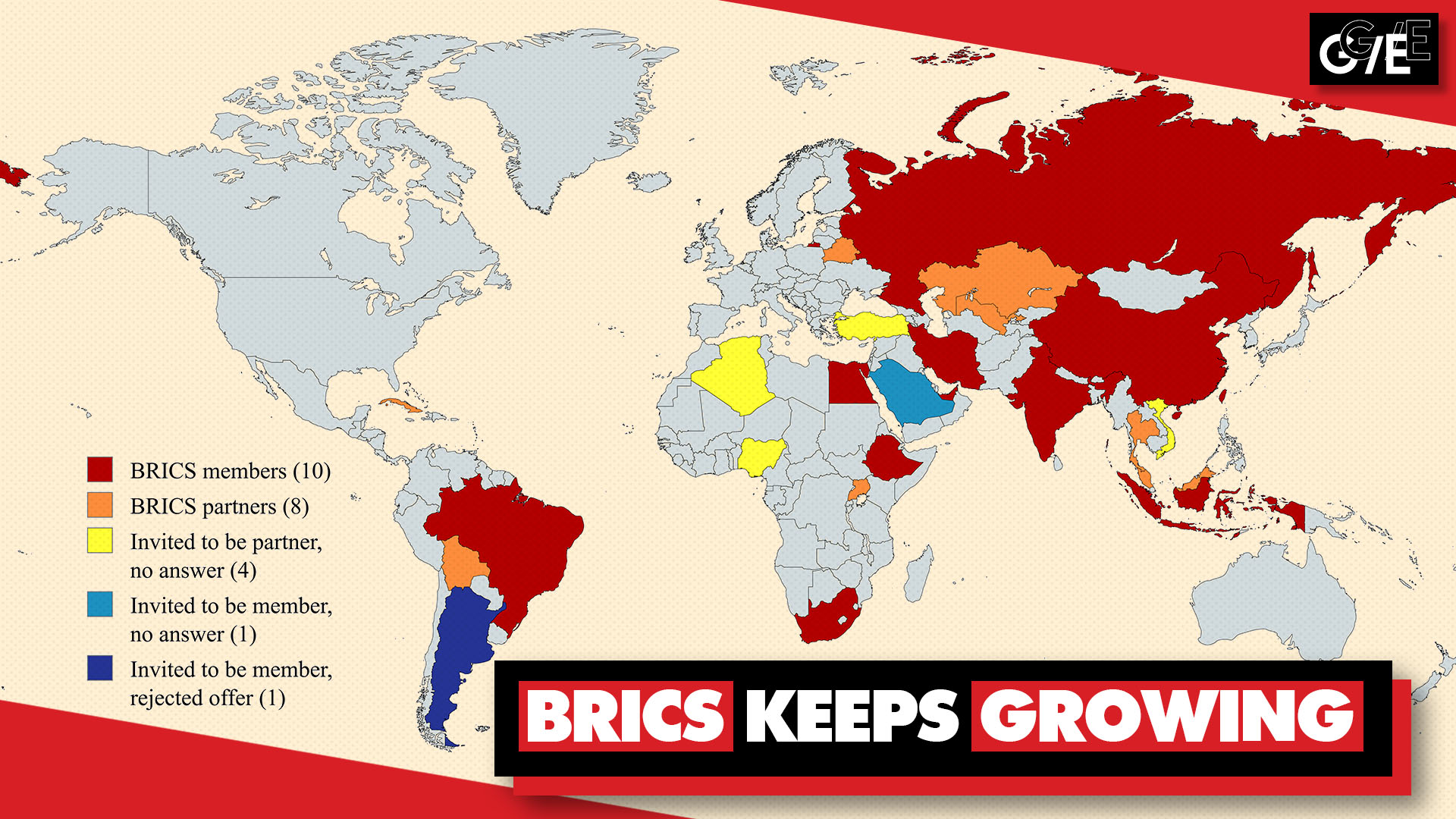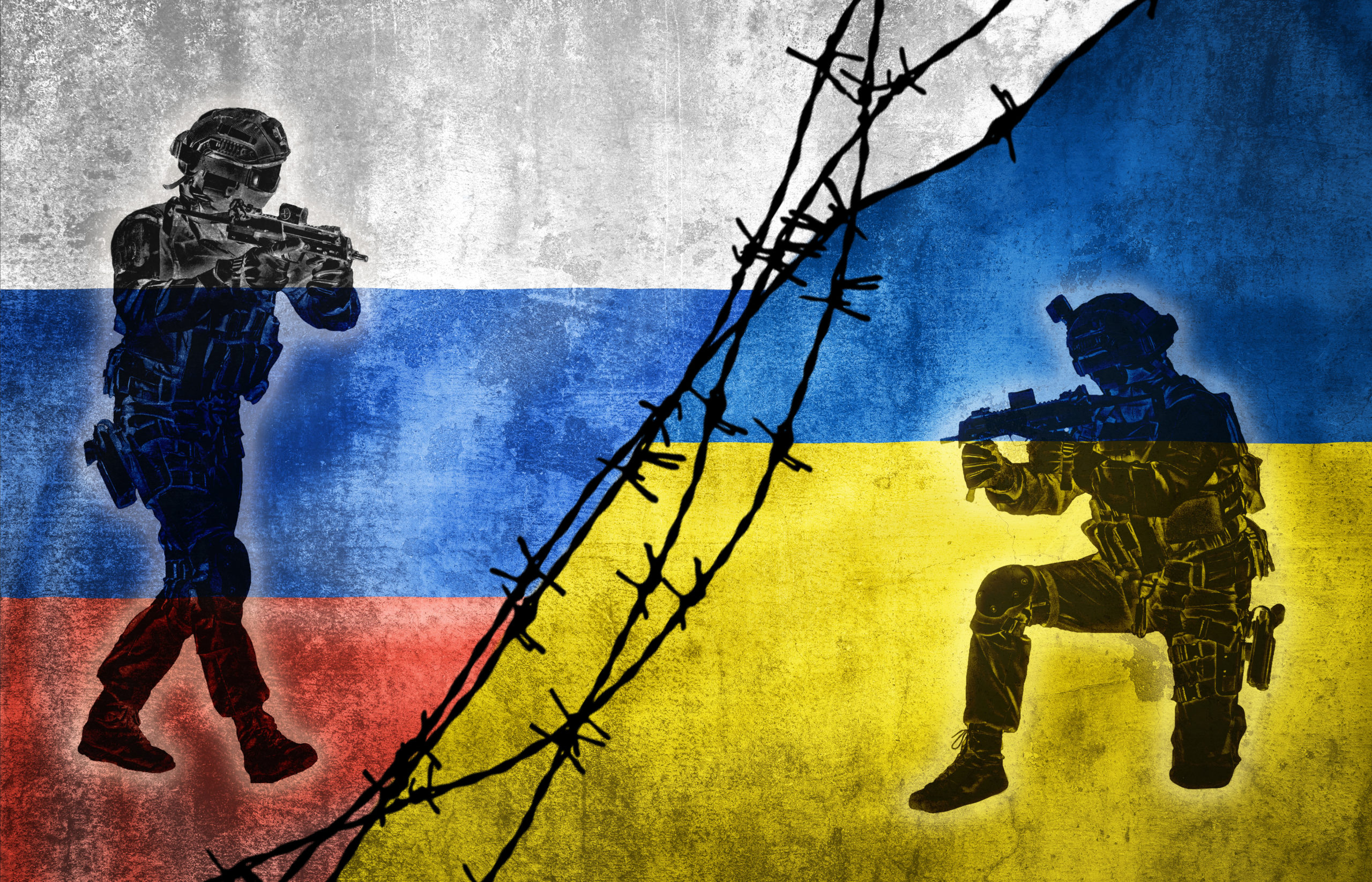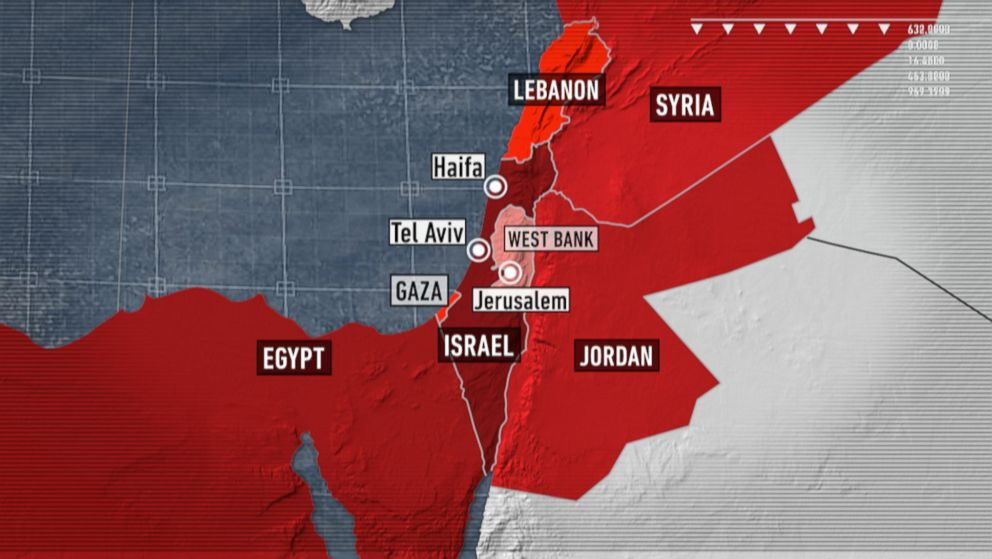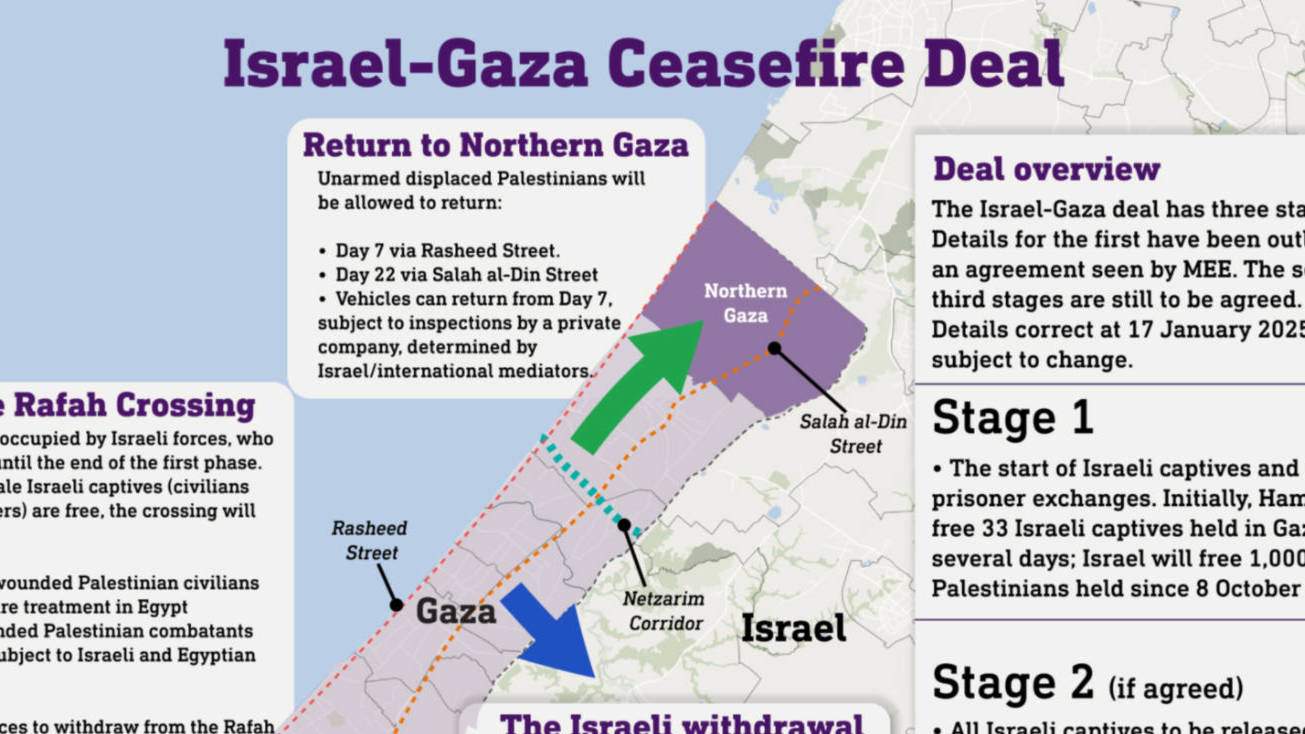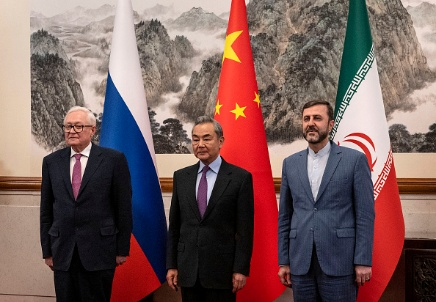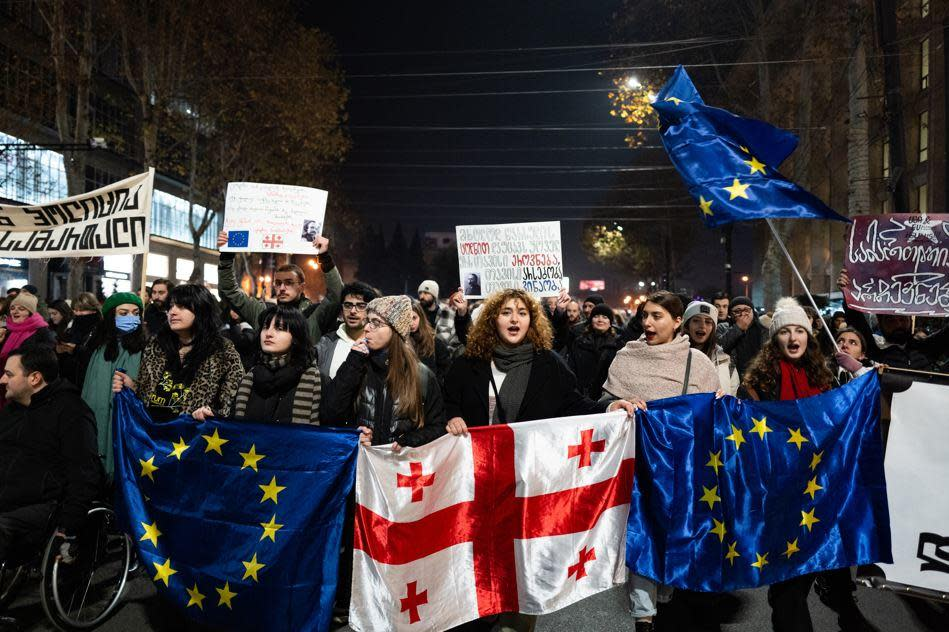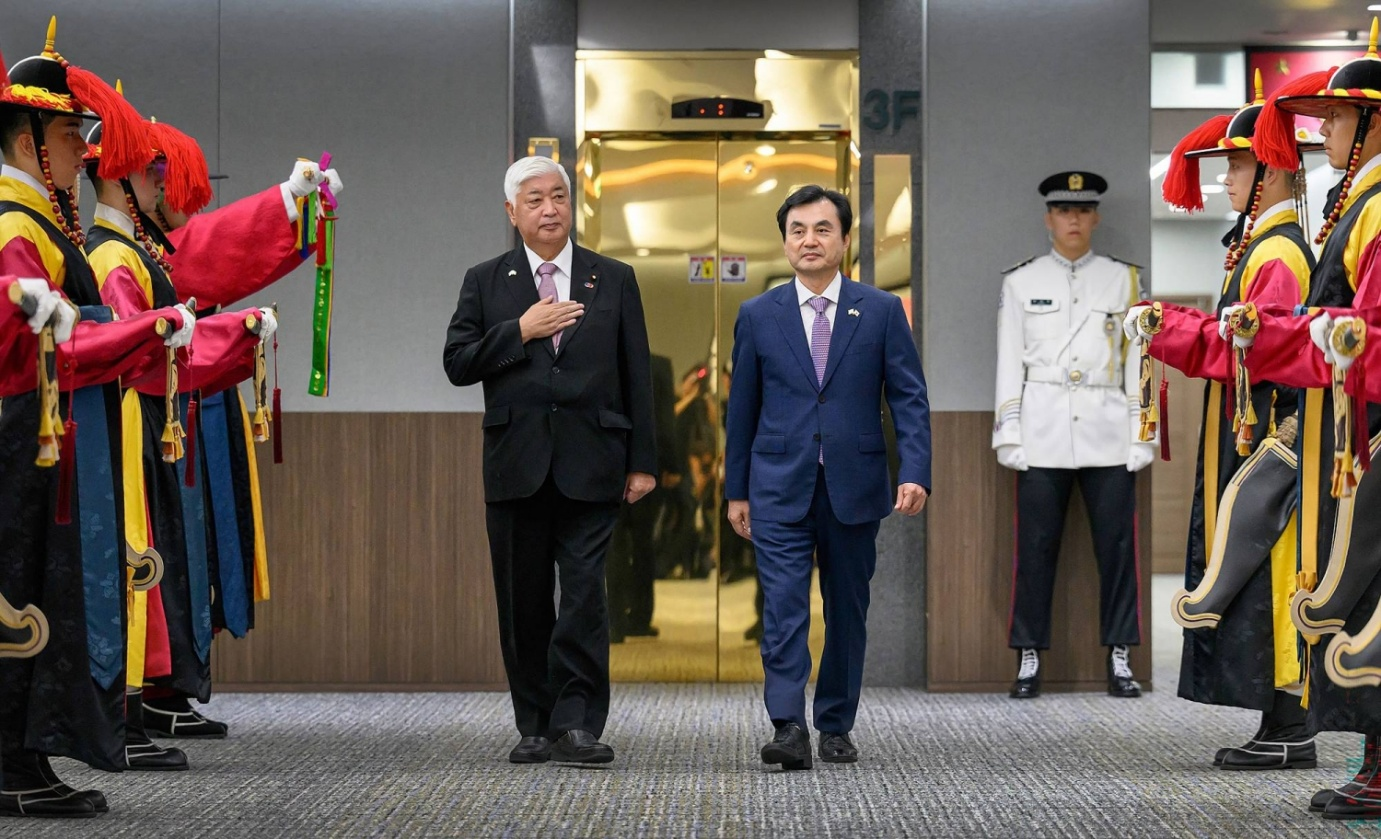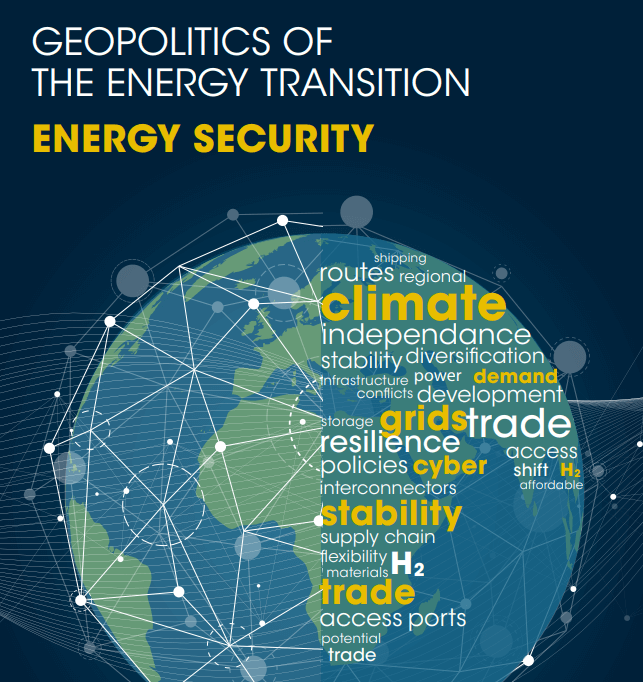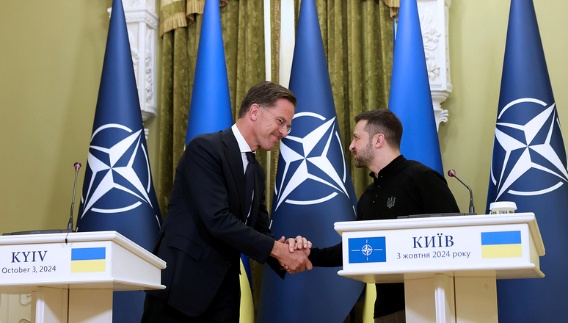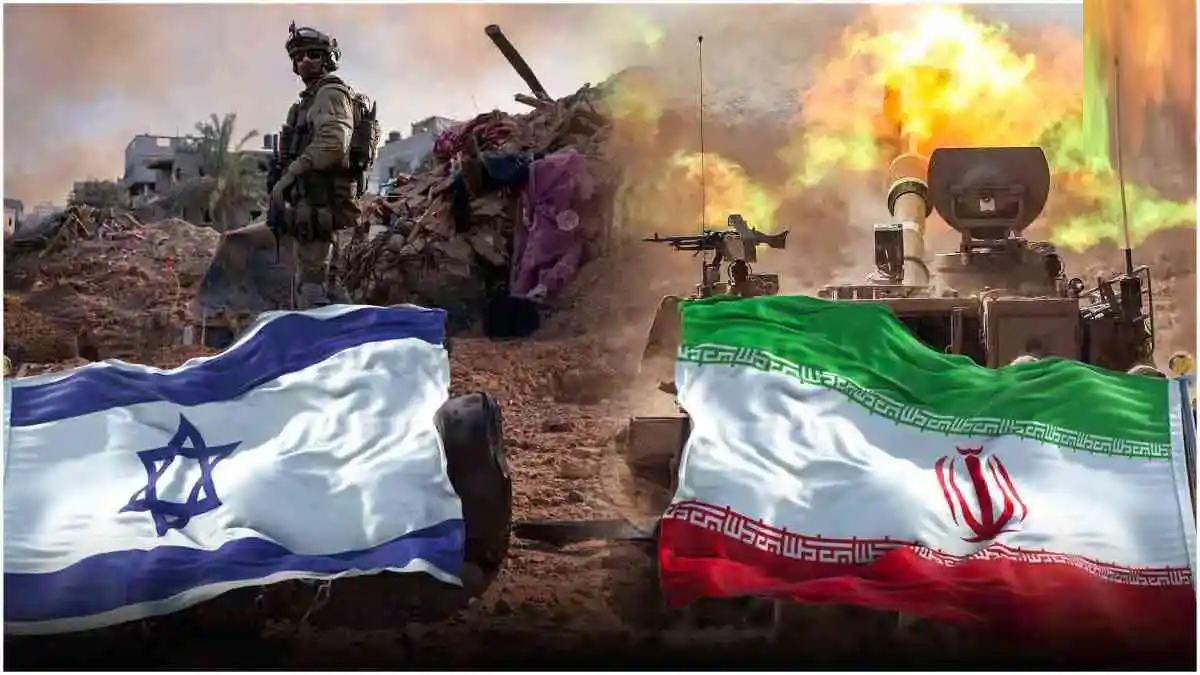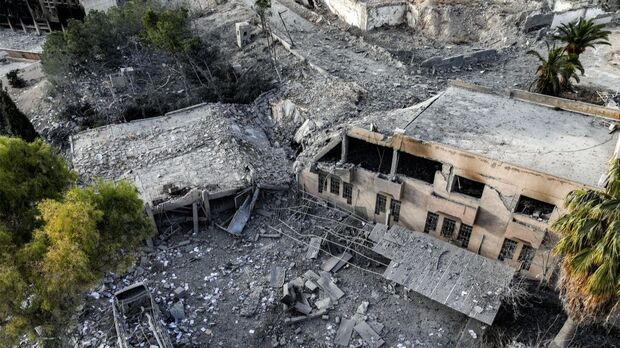
Navigating the Crossroads: The Philippine Government's Dual Approach to Ending One of Asia's Longest Insurgencies
The Philippine government continues its longstanding conflict with the New People's Army (NPA), one of Asia's oldest communist insurgencies. Despite decades of military campaigns and fluctuating peace talks, the insurgency has been resilient, adapting to changes in leadership and tactics. Recent developments, however, suggest a potential pivot in strategy, combining intensified military action with renewed attempts at peace negotiations.
The Dual Strategy: Military Pressure and Peace Initiatives
Since the collapse of peace talks in 2017, the Philippine government, under successive administrations, has ramped up counter-insurgency efforts. These efforts aim to weaken the NPA's operational capabilities, which have noticeably dwindled from the 25,000-strong force of the 1980s to between 1,200 and 2,000 fighters today. Despite these numbers, the conflict remains deeply entrenched in some of the country’s poorest and most remote areas, where the rebels continue to enjoy substantial community support.
The government's current approach merges aggressive military campaigns with strategic development initiatives intended to address the root causes of insurgency, such as poverty and injustice in rural areas. This strategy also includes the controversial practice of red-tagging, which involves labeling individuals or groups as communist sympathizers or insurgents, often leading to legal and extrajudicial repercussions.
The Role of Development in Counter-Insurgency
A significant element of the government's strategy is the implementation of development projects in conflict-affected regions. These projects are designed to improve socio-economic conditions and reduce the local populations' reliance on insurgent groups. By building infrastructure, enhancing public services, and promoting economic opportunities, the government hopes to weaken the rebels' influence and support base.
Challenges and Controversies
While the government reports some success in reducing active insurgent areas, the effectiveness and sustainability of these development projects are subjects of debate. Critics argue that the selection of project locations and the distribution of funds are often influenced by political and military interests rather than community needs. Additionally, the practice of red-tagging has been criticized for violating human rights and worsening the mistrust between the government and rural communities.
Renewed Focus on Peace Talks
Amid these ongoing challenges, the government has signaled a readiness to return to the negotiating table. This decision comes after a hiatus in peace talks following their breakdown under President Rodrigo Duterte. The new round of talks, expected to commence soon, presents an opportunity to address substantive issues and potentially bring about a negotiated end to the conflict. Key to the success of these talks will be the establishment of confidence-building measures, such as ceasefires and the safe conduct of negotiations.
Moving Forward
As the Philippine government navigates the complex terrain of counter-insurgency and peace negotiations, the path forward requires a balanced approach that addresses the legitimate grievances of rural populations while ensuring the country's security. The success of this dual strategy will not only depend on military and developmental interventions but also on genuine efforts to achieve lasting peace through dialogue and reconciliation.
In conclusion, while military strategies may temporarily suppress insurgent activities, addressing the underlying social and economic issues through effective governance and development, coupled with sincere and inclusive peace talks, will be crucial for achieving enduring stability and peace in the Philippines.

